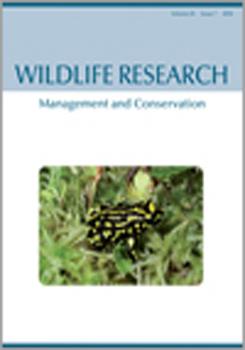Context. Translocations are becoming an increasingly important conservation tool to combat rising levels of species extinction. Unfortunately, many translocation efforts fail; yet, the timing and cause of failure often remain unknown. Monitoring individuals in the days and weeks following release can provide valuable information on their capacity to survive this initial hurdle. In Australia, breeding programs have been established for the endangered northern corroboree frog, Pseudophryne pengilleyi, to enable reintroduction to the wild via captive-reared individuals, typically, early life stages such as eggs or juvenile frogs that cannot be monitored via traditional survey methods that target adult frogs (e.g. shout–response). Environmental DNA (eDNA) detects trace amounts of DNA that organisms release into their environment and could provide a means to infer population persistence for wildlife releases and translocations.
How to translate text using browser tools
1 November 2018
Monitoring post-release survival of the northern corroboree frog, Pseudophryne pengilleyi, using environmental DNA
Jack Rojahn,
Dianne Gleeson,
Elise M. Furlan
ACCESS THE FULL ARTICLE

Wildlife Research
Vol. 45 • No. 7
November 2018
Vol. 45 • No. 7
November 2018
Australian Capital Territory
detection
eDNA
Pseudophryne corroboree
translocation





